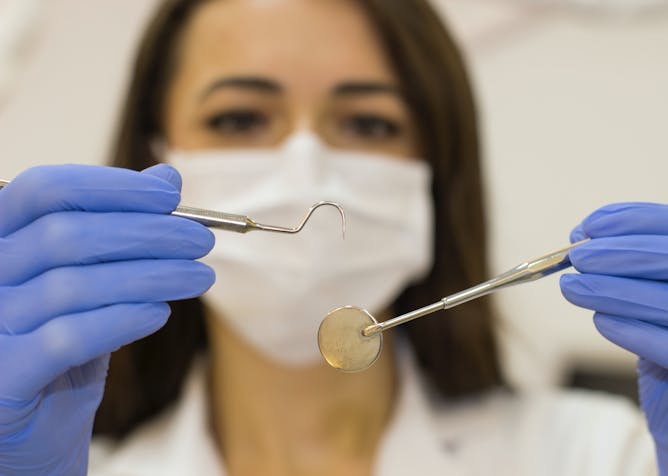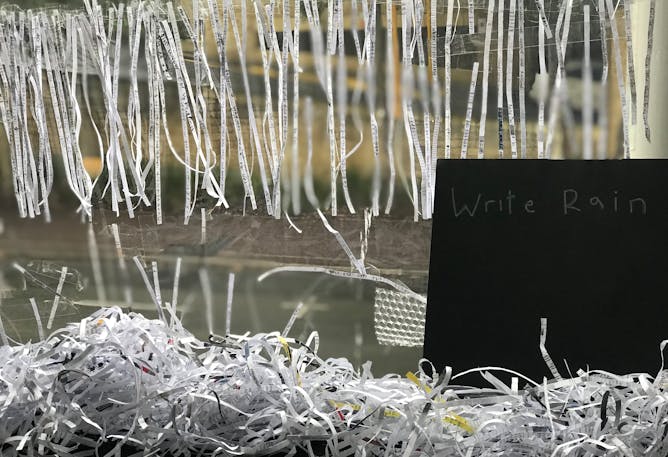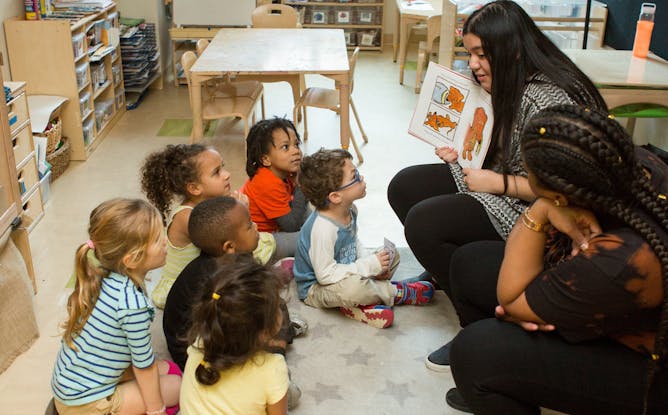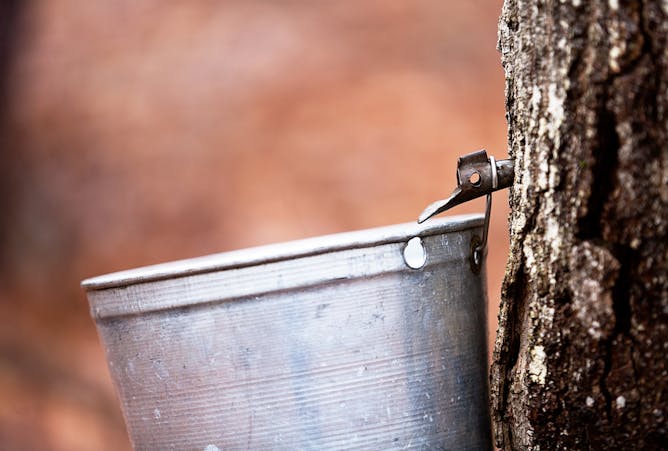|
If the cost of a medical procedure meant one in 10 Canadians had to live in pain because they couldn’t afford it, it would seem like a failure of universal health care. It flies in the face of the basic premise that access to care should not be dictated by economic status.
Unless it’s a dental procedure. That’s the exception — the huge yawning gap — in our health system that allows 10 per cent of Canadians to live with mouth pain, as if mouths weren’t part of bodies and oral conditions weren’t part of health.
Today in The Conversation Canada, Catherine Carstairs of the University of Guelph explores the reasons for this gap, why oral care was left out of medicare when it was established, and the very real impact of this oversight on Canadians’ health and the overall health-care system.
Also today:
Regards,
|

A public dental care plan would give many Canadians reason to smile.
(Unsplash)
Catherine Carstairs, University of Guelph
Canada’s health system does not include dental coverage, leaving a large gap in care that’s existed since its beginning. It’s time to ensure access to oral care.
|

One project with the Art Gallery of Western Australia, researchers and children saw children respond to a painting by Wangkatjunga/Walmajarri artist Ngarralja Tommy May.
(Mindy Blaise and Jo Pollitt)
Veronica Pacini-Ketchabaw, Western University
Researchers and educators with the Climate Action Childhood network are generating responses to climate change alongside young children.
|

Final approach on the air charter into the Voisey’s Bay mine, a fly-in/fly-out nickel, copper and cobalt mine located near Nain, Nunatsiavut, in northern Labrador.
(Matthew Pike)
Matthew Pike, University of Guelph
‘Living with COVID-19’ has much higher risks for Nunatsiavut Inuit communities than many other areas. Recognizing those risks is crucial as mining operations resume in Newfoundland and Labrador.
|

Almost as many trained early childhood educators work outside licensed child care as in it. Many say they would return to the field if offered decent work.
(Allison Shelley/The Verbatim Agency for EDUimages)
Emis Akbari, University of Toronto; Kerry McCuaig, University of Toronto
Staff recruitment and retention challenges aren’t seen in public child-care centres, where educators are paid substantially more, are unionized and have professional development opportunities.
|

De part sa source naturelle particulière et son procédé de fabrication singulier, le sirop d’érable comprend des molécules bioactives dont les bénéfices dépassent largement le simple agrément de la gâterie sucrée.
(Shutterstock)
Sébastien Cardinal, Université du Québec à Rimouski (UQAR); Amy McMackin, Université du Québec à Rimouski (UQAR)
Le sirop d’érable, en plus d’être un joyau du patrimoine culinaire canadien, est également un agent sucrant présentant une constitution chimique complexe.
|
Ukraine Invasion
|
-
Stefan Wolff, University of Birmingham; Tatyana Malyarenko, National University Odesa Law Academy
As Russia prepares to take more Ukrainian territory, Moldova could be next on Putin’s target list.
-
Darryl Stellmach, University of Tasmania; Kamalini Lokuge, Australian National University
Refugee camps should only be a temporary solution. They’re no place for ongoing health care.
|
|
Arts
|
-
Alice Gorman, Flinders University
To a 17-year-old girl fresh out of convent school, Anaïs Nin’s diaries were a revelation. Nin found the words to describe inner worlds.
|
|
|
|
Science + Tech
|
-
Michael Withers, Texas A&M University; Steven Boivie, Texas A&M University
Musk’s tweets badgering Twitter’s board raised important corporate governance questions about a board’s purpose and whether its members should own shares in the company they oversee.
|
|